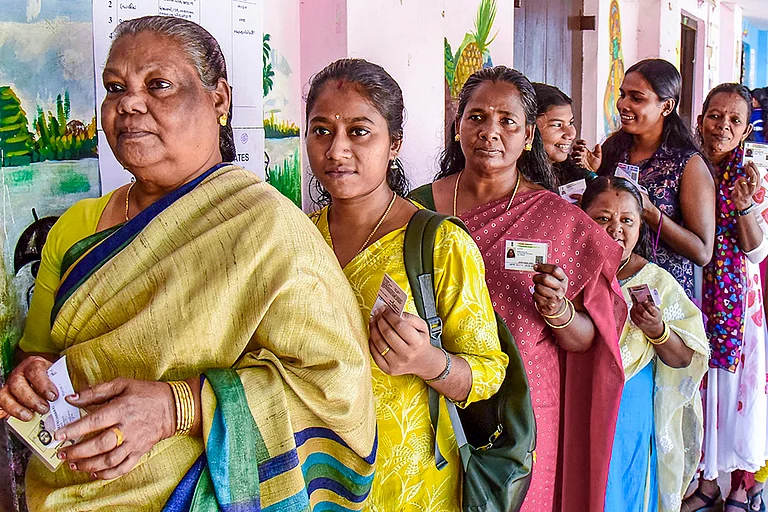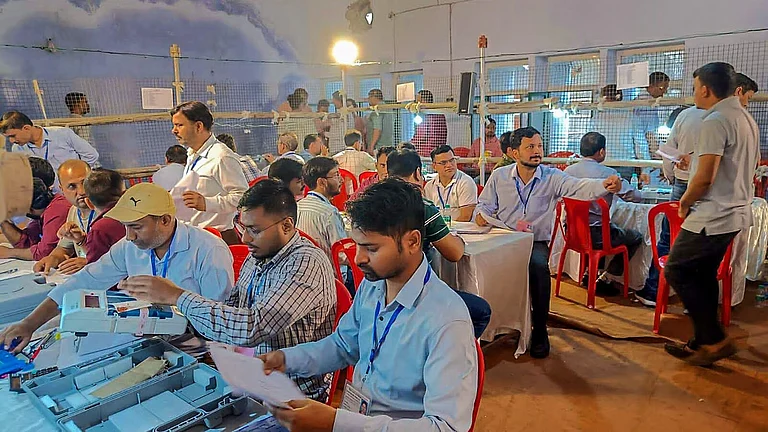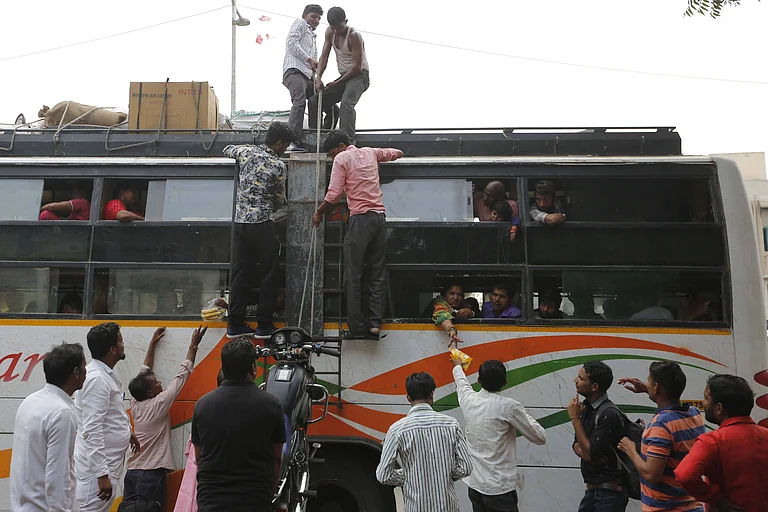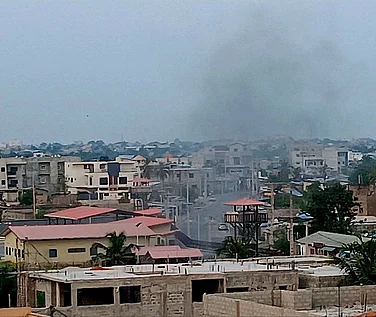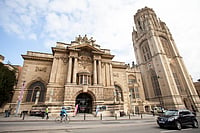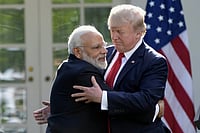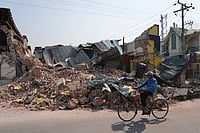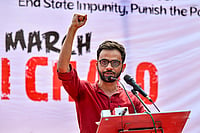Iran held its first parliamentary election since the 2022 protests over mandatory hijab laws following Mahsa Amini's death, witnessing a notably low turnout amid calls for a boycott.
The reason behind the reduced voter participation, whether due to apathy or a deliberate stance against the theocracy, remains unclear. State-controlled television displayed voters in lines, but reports from Tehran suggested predominantly empty polling stations.
Supreme Leader Ayatollah Ali Khamenei and other officials attempted to establish a direct link between turnout and a stand against Iran's perceived enemies. In contrast, imprisoned Nobel Peace Prize laureate Narges Mohammadi, along with others, called for a boycott, dismissing the election as a "sham."
In Iran, the Supreme Leader, Ayatollah Ali Khamenei, who is 84 years old, was one of the first to cast his vote in the election.
This election also involves choosing new members for the Assembly of Experts, a group of clerics with an eight-year term. They play a crucial role in selecting a new supreme leader if Khamenei steps down or passes away, especially given his age.
According to a report by Associated Press, Khamenei voted in Tehran, and despite his left hand shaking a bit (paralyzed since a bombing in 1981), he took his ballot with determination. State television showed a woman nearby crying as she filmed Khamenei with her phone.
He encouraged people to vote early, emphasizing that both Iran's friends and foes were paying attention to the voter turnout. He reportedly said, “Pay attention to this, make friends happy and disappoint the evil-wishers."
Reportedly the initial election results are expected as soon as Saturday.
Some 15,000 candidates are contesting for a seat in the 290-member parliament, formally known as the Islamic Consultative Assembly.
The election terms in Iran last for four years, and there are five seats specifically set aside for religious minorities in the country.
According to the law, the parliament has the job of overseeing the executive branch, voting on treaties, and handling various matters.
However, the supreme leader holds the most power in Iran.
The government's polling center, ISPA, did something unusual this time.
They usually share election data much earlier, but this time they waited until Thursday before the vote.
Their poll, based on asking 5,121 people eligible to vote, guessed that about 23.5% of people in Tehran and 38.5% of people nationwide would participate in the election.
They mentioned a 2% margin of error in their poll.
The parliament in recent years has focused on issues surrounding Iran's mandatory head covering, or hijab, for women after the 2022 death of 22-year-old Amini in police custody, which sparked nationwide protests.
The protests quickly escalated into calls to overthrow Iran's clerical rulers. A subsequent security crackdown killed over 500 people, with more than 22,000 detained.
Calls for an election boycott have spread in recent weeks, including from imprisoned Nobel Peace Prize laureate Narges Mohammadi, a women's right activist, who called them a “sham.”







